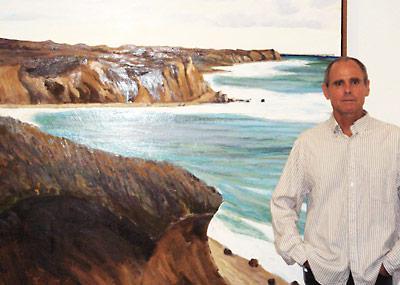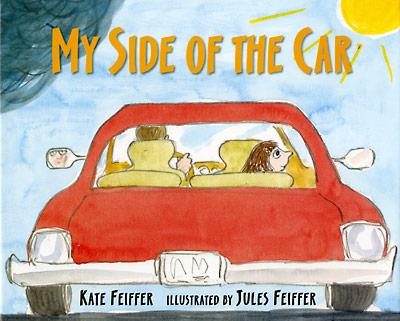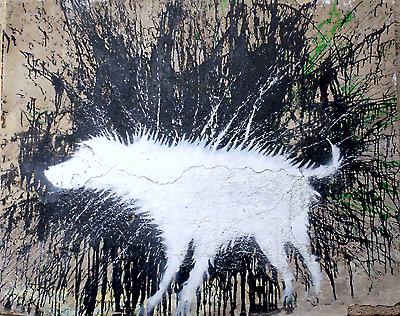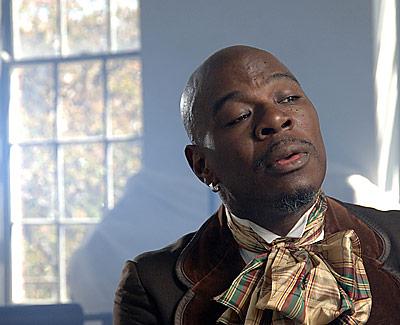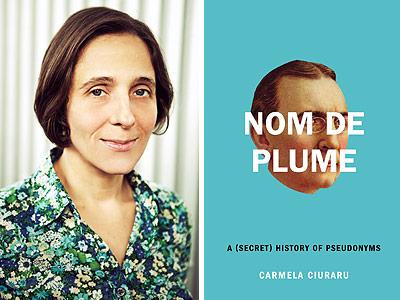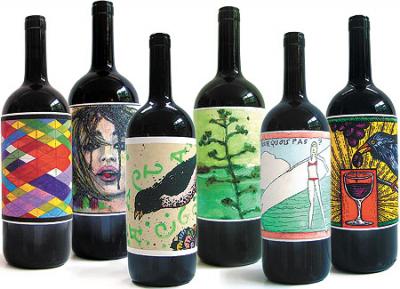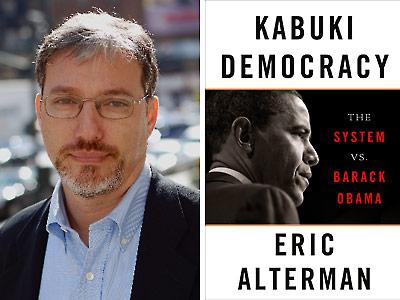Film Festival Ready for 19th Year
Film Festival Ready for 19th Year

Tickets will go on sale Friday for the 19th Hamptons International Film Festival and once again film aficionados will wonder how and where they will ever fit in everything they want to see, as the screenings and events will expand from their base in East Hampton to include almost every village or hamlet that has a theater from Montauk to Westhampton, including Sag Harbor and Southampton, and even Robert Wilson’s Watermill Center. The festival runs Oct. 13 to 17.
Over the past few years, the festival has gained attention and prestige with early screenings of films that went on to win Academy Awards. David Nugent, the director of programming, said last week that after “Slumdog Millionaire” had its second North American showing at the festival in 2008 and went on to win eight Oscars, including best picture in 2009, “it really helped us. People pay attention to us now.”
Since then, films shown at the festival have garnered 62 Academy Award nominations, 30 just from last year. These included the 12 nominations for “The King’s Speech” and four wins including best picture and best actor. It also won for best screenplay by David Seidler, and best director for Tom Hooper, both of whom attended the festival with their film last year.
“It’s a lot of success, but it’s more than that. What happened is that various studios have decided to share their films with our audience. It’s easier in some ways, but more complicated in others. But the result is we show stronger films and gain more prestige.”
Those choices continue to be dense this year with highlighted films such as “Jeff Who Lives at Home” opening the festival in East Hampton and the film “Butter” as the kickoff film in Southampton. The closing film will be “The Artist” and the Centerpiece film is “Like Crazy.”
Mr. Nugent pointed out that last year’s Centerpiece “The Debt” is now in general release. One of its stars, Jessica Chastain, visited the film festival as a Breakthrough Performer. She has since appeared in movies such as Terrence Malick’s “Tree of Life” and “The Help.” This year’s film “Like Crazy,” a love story, won the grand jury prize at Sundance for best picture and has received raves for its subtle yet real and moving performances by the leads, Anton Yelchin and Felicity Jones.
“The Artist,” about the end of silent films in Hollywood, seems particularly apt today with society’s constant casting away of recently developed yet rapidly outmoded technology. The French film has been lauded for treating the silent movie genre as an art form of its own rather than a forgotten medium. “The Artist” has been embraced by the film community and critics since it was shown at Cannes this year. It has also been gaining buzz for being the first film since the 1920s that could receive a best picture Academy Award nomination, while being, for the most part, silent.
“Jeff Who Lives at Home” is the latest film by Jay and Mark Duplass, a brother team whose last film was “Cyrus.” It stars Jason Segel, Ed Helms, and Susan Sarandon, who will also be a featured guest in the festival’s A Conversation With series. A Variety review of the movie from the Toronto Film Festival said the film was likable and “seems more tightly scripted than the siblings’ earlier, semi-improvised dramedies, but lacks the wonderful squirm-inducing quality that sets them apart.” The story is about a 30-year-old man who refuses to consider leaving the nest.
“Butter” takes a not terribly nice look at Middle America through the guise of competitive butter carving, with a cast led by Ty Burrell and Jennifer Garner. Mr. Burrell’s character in this satire has carved Newt Gingrich and scenes from “Schindler’s List,” which earned him the nickname “The Elvis of Butter.” When he steps down from the carving competition, his wife enters the fray with a previous flame, played by Hugh Jackman, and she will stop at nothing to make sure the championship stays in the family.
Other participants in Conversations this year will include Rufus Wainwright, David Bailey, Bruce Weber, Harry Belafonte, Dick Cavett, Matthew Broderick, and Alec Baldwin. The breakthrough performers will be Emily Browning, Stine Fischer Christensen, Ezra Miller, and Anton Yelchin.
This year the festival has a new partner in Italy, the Perugia International Film Festival. As a result the Hamptons festival will include six of the Italian festival’s films: “Corpo Celeste,” “A Quiet Life,” “Return to the Aeolian Islands,” “Sul Mare,” “We Have a Pope,” and “The Wholly Family.”
“We noticed some really strong films coming out of Italy,” Mr. Nugent said. “It seemed like a real moment, a movement like the French New Wave.” When the opportunity to partner with a new Italian festival arose, it seemed a perfect chance to share that moment here, he said.
At least one familiar face from East Hampton will add a little stardust to his résumé during the festival. Brad Loewen, a bayman and former town councilman from Springs, appears in the short film “The Sea Is All I Know,” written and directed by Jordan Bayne and starring Melissa Leo and Peter Gerety. Mr. Loewen’s natural ease on camera in showing Mr. Gerety how to pull in the nets from his family’s centuries-old pound traps gained him an unplanned part in the film and a Screen Actor’s Guild card application in the process. Mr. Loewen said about the film in April, “It’s a human story about a very human dilemma and I’m very grateful for that.” The film has been well received at other festivals and was released in Los Angeles last week to qualify for Oscar consideration.
Asked if there was any overarching theme or significant trend this year, Mr. Nugent, who was still in the thick of preparations, said it was difficult to say, but he did note that the effects of the economic downturn continue to be evident in filmmaking. “Film is a medium where traumatic events take a little while to present themselves. When there is a crisis or a tsunami, a poet writes a poem or an artist can make a painting right away.” Because of the lead time involved from idea to conception, production to editing, and editing to release, films take longer to make their statement on those events.
“It is often a little while after the fact that you see films respond to that and can say ‘Yes, there is a trend.’ ” He said movies in the festival such as the documentary “Hard Times: Lost on Long Island” are indicative of that trend.
Another trend in America, bullying, will receive much attention in the festival. There will be a screening of Lee Hirsch’s documentary about bullying among American youth, “The Bully Project,” which will also receive the Brizzolara Family Foundation Award for a film of Conflict and Resolution. It is the first time the award will go to a film not about an international conflict. A panel discussion with the director and experts in school bullying will be presented along with an outreach program to schools in the area.
A full festival guide will be included in next week’s edition of The Star.

